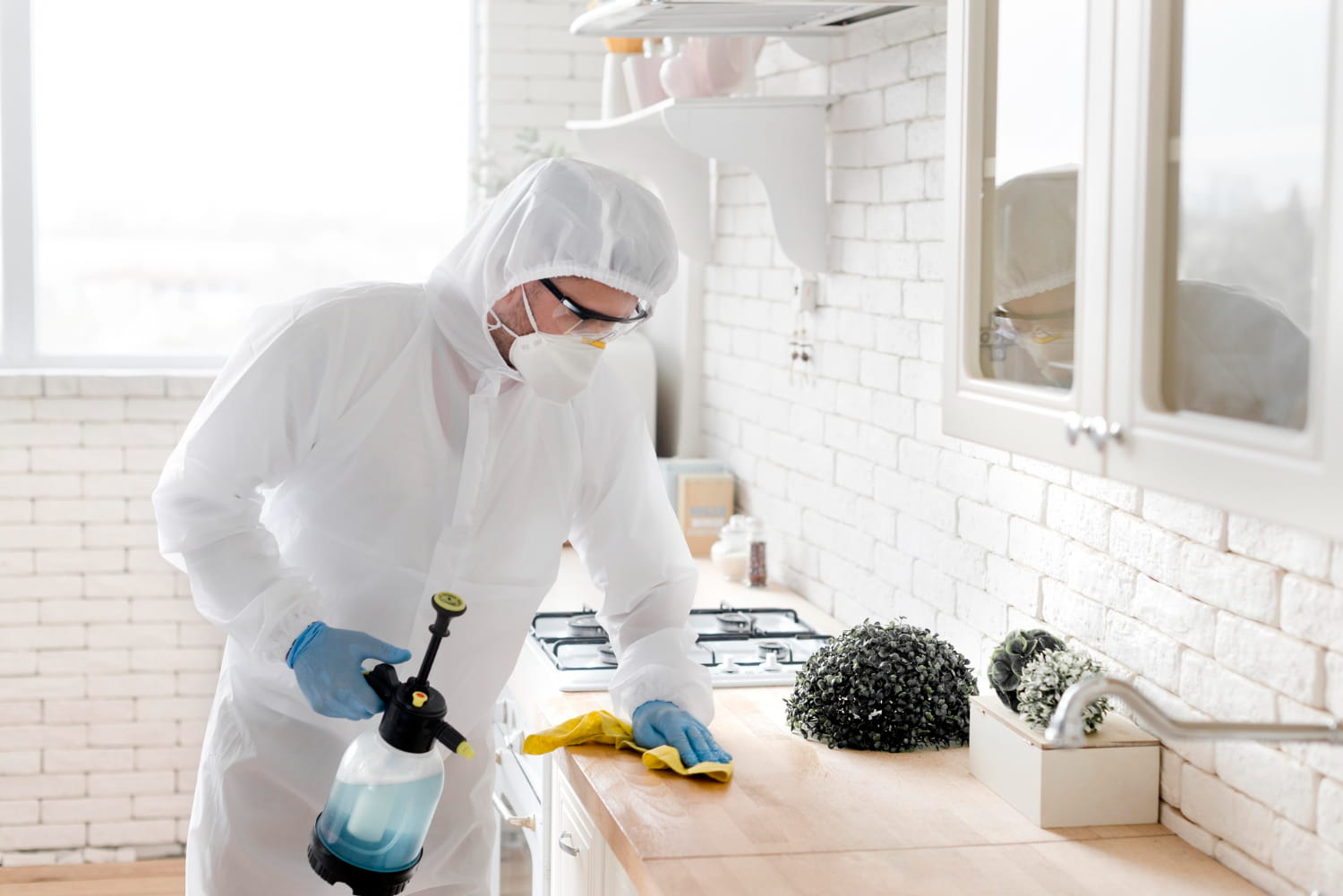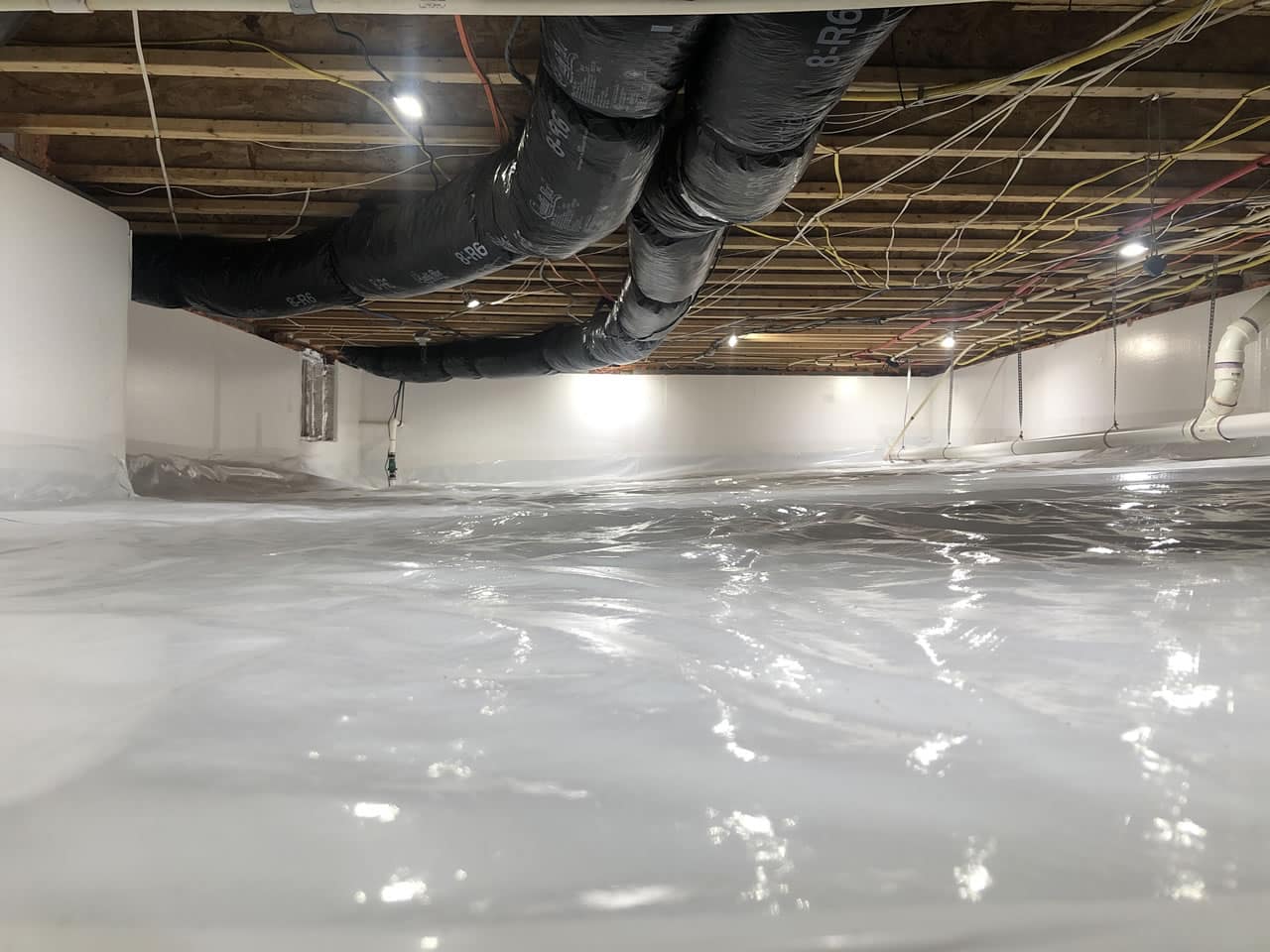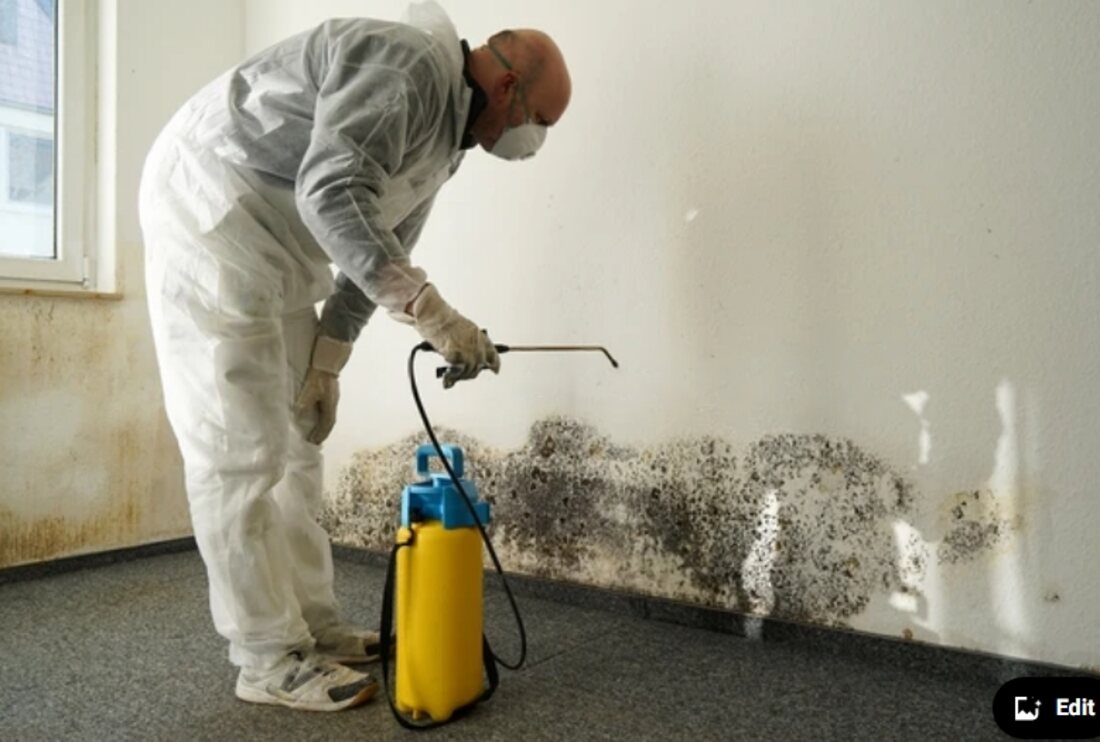
Say Goodbye to Mold: Expert Advice for a Healthier Home
A healthy home is a happy home, and one of the essential aspects of a healthy living environment is maintaining a mold-free space.
Mold not only damages your property but also poses significant health risks to you and your family. It can trigger allergies, respiratory issues, and other health concerns.
In this article, we’ll provide expert advice and practical tips to help you say goodbye to mold and create a healthier living space.
The Dangers of Mold
Mold is a type of fungus that thrives in damp, humid conditions. While it plays a vital role in breaking down organic matter in the environment, it becomes a problem when it invades our homes.
Mold spores are microscopic and can become airborne, leading to a range of health issues when inhaled. Some common health problems associated with mold exposure include:
– Allergic reactions
– Respiratory problems
– Skin rashes
– Sinus congestion
– Headaches
– Irritation of the eyes, nose, and throat
– Asthma exacerbation
Furthermore, mold can cause structural damage to your home, resulting in costly repairs and reduced property value. Prevention and early intervention are key to maintaining a mold-free living space.
Tips for a Mold-Free Home
1. Control Humidity
Mold thrives in high humidity environments. To prevent mold growth, keep your indoor humidity levels below 50%.
You can use a dehumidifier in damp areas like basements and crawl spaces to maintain a healthier humidity level. Regularly ventilate your home, especially in bathrooms and kitchens, to reduce moisture build-up.
2. Fix Leaks and Moisture Issues
Mold often finds a home in areas with water leaks or moisture problems. Check for and promptly repair any leaks in your roof, plumbing, or windows. Ensure your home’s foundation and walls are properly sealed to prevent water intrusion.

3. Improve Ventilation
Proper ventilation is crucial for reducing moisture and preventing its growth. Ensure your home is well-ventilated, especially in areas prone to humidity, such as bathrooms, kitchens, and attics. Consider installing exhaust fans in these areas to remove excess moisture.
4. Use Mold-Resistant Materials
When renovating or building your home, consider using mold-resistant materials for walls and flooring.These materials are designed to deter mold growth and are a valuable investment in creating a healthier living space.
Mold-resistant materials represent a proactive approach in the battle against mold-related issues in your home. These advanced materials are typically impervious to the moisture and humidity that finds conducive for growth.
They are equipped with features and coatings that make it considerably more difficult for mold spores to take root and proliferate, ensuring a longer lifespan for your walls and flooring while simultaneously safeguarding the health and well-being of your household.
5. Regular Cleaning and Maintenance
Regular cleaning and maintenance are essential for mold prevention. Keep your home clean and dry, especially in high-risk areas like bathrooms, kitchens, and basements.
Pay special attention to areas where moisture can accumulate, such as window sills, air conditioning units, and refrigerator drip pans.
6. Crawl Space Encapsulation
One area often overlooked but prone to issues is the crawl space. Crawl spaces are dark, damp environments that can easily become breeding grounds for mold.

Crawl space encapsulation is a highly effective method to prevent growth in this area. It involves the installation of a vapor barrier, sealing off vents, and adding insulation to create a controlled environment.
This not only prevents mold but also improves energy efficiency and indoor air quality. It’s a comprehensive solution that addresses various issues simultaneously.
Crawl space encapsulation involves creating a barrier that isolates the crawl space from the external environment.
This barrier effectively controls humidity levels, prevents water intrusion, and discourages growth.
It also provides added benefits, such as reduced energy costs, as it improves the overall efficiency of your home.
Click here to learn more about crawl space encapsulation to protect your home from mould and improve its overall health and energy efficiency.
Your home is a place of comfort and safety, and with the right steps, you can keep it mold-free, ensuring a healthier environment for you and your family.
Mold Remediation
If you already have a mold problem in your home, it’s crucial to address it promptly. It remediation may be necessary, and it’s typically best left to professionals.

Mold removal involves identifying the source of the mold, containing the affected area, and safely removing the mold. It’s a complex process that should be handled with care to avoid further contamination.
Conclusion
A mold-free home is essential for a healthier living environment and the well-being of your family. Mould can cause not only structural damage but also a wide range of health issues.
By following the expert advice and tips provided in this article, you can take proactive measures to prevent mould from taking hold in your home.
Whether it’s controlling humidity, addressing leaks, or investing in crawl space encapsulation, a mould-free home is within your reach.
